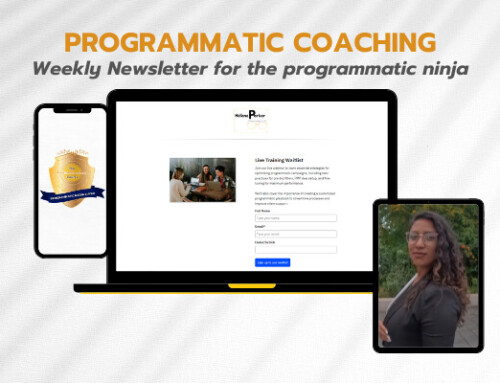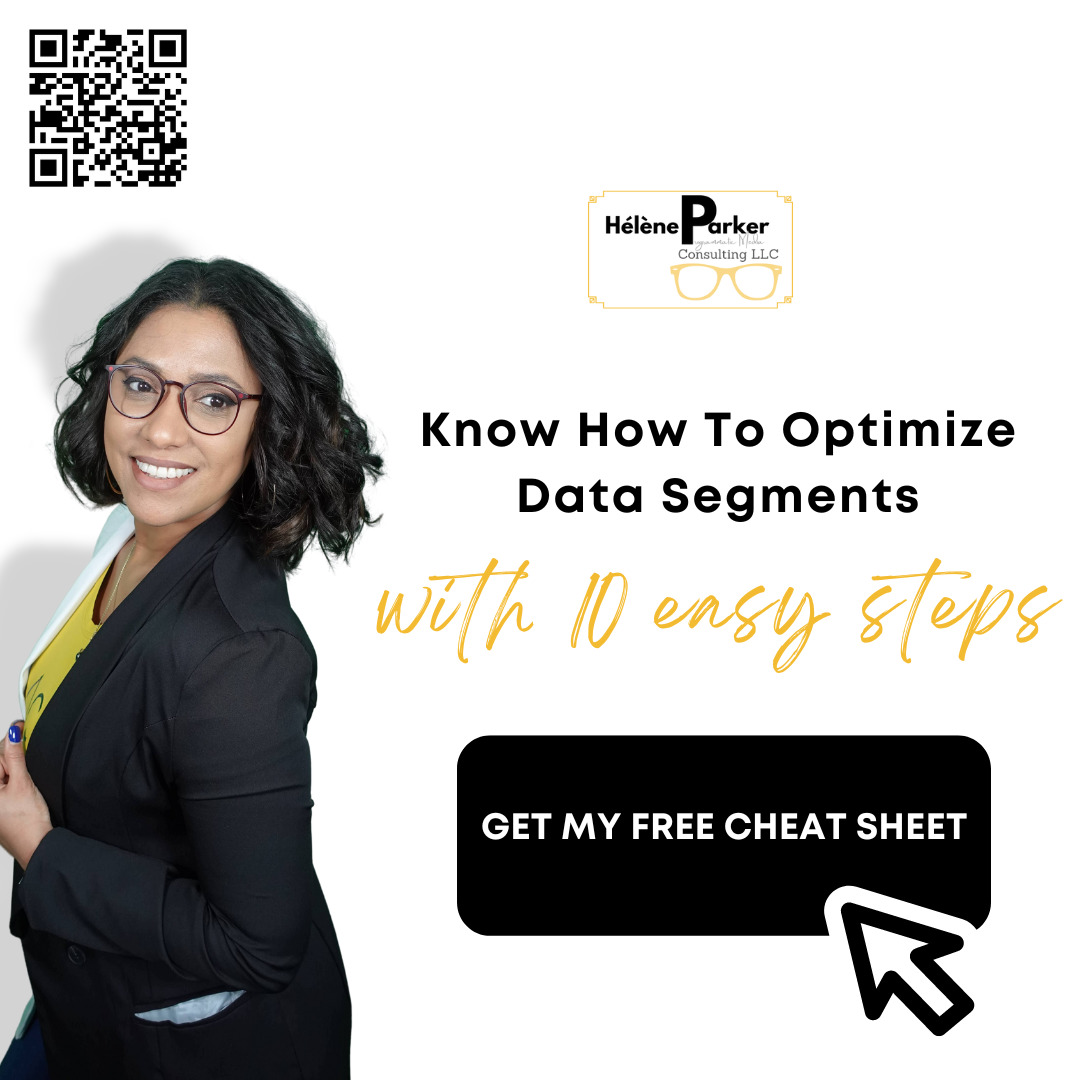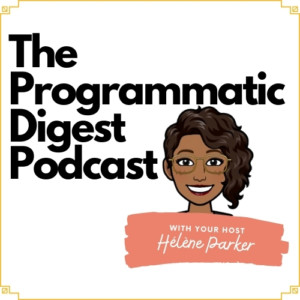Fox’s Atlas and Contextual Targeting
Announcement of the week:
I’m excited to be speaking at AdExchanger’s Programmatic I/O Las Vegas. It will be focused on actionable insights for the programmatic ecosystem.
Join me May 23-25 to learn how to take your programmatic initiatives to new heights.
Register today and use code HPC200 to save $200 off your registration.
Noteworthy News of the week:
Fox Unveils Ad Tech to Match Advertisers With Expanding Fox News Content by Brian Steinberg Variety.
Fox Corporation introduces Atlas. It is their proprietary technology using AI and on-screen visual detection to extract data that can be used to build advanced contextual segments. Get this, the beauty of this product allows advertisers to programmatically place their ads at a given time during the video.
“Most tools of this nature look at program transcripts, says Collins. But the Fox system can examine “over 60,000 characters per hour as opposed to normal tools that detect about 2,000.” The new technology, he adds, “is very granular.” The company can even use it to analyze the so-called “B-roll” of images often used in news segments while an anchor or interviewee speaks on-screen.”
The best way to understand Atlas’s goal is as follows:
“The technology could be used, for example, to align consumer-products advertisers with a Fox Weather segment that reports on the prevalence of cold and flu, or keep a Fox Business advertiser from being placed in coverage of its corporate efforts.”
It is no surprise that another publisher/seller introduces advanced contextual technology. Offering better, more relevant reach and ad-buying capabilities have been the focus, especially in the last couple of years. We’ve seen it with Zeus technology, the Washington Post proprietary tech stack offering publishers a monetization platform and advertisers, real-time ad buying on a trusted publisher’s network.
These are objectives to offer advertisers advanced contextual targeting within their properties while maximizing revenue for publishers.
Actionable Insight:
Contextual targeting, Unified I.D. 2.0, and first-party data were what the programmatic streets recommend testing and implementing to replace 3rd party data. The key thing to note is the combination of those. You will need to evaluate and implement different tactics into your strategy.
As a gentle reminder, contextual targeting is more than a privacy-friendly alternative to your cookie-based advertising. It’s a guaranteed way to present your brand story that flows with the content your users are consuming, says DoubleVerify.
Ok, Hélène, what should I do about this information?
Explained, contextual advertising takes keywords and content of the web page into consideration when serving ads instead of the user’s behavior.
Contextual targeting provides many benefits, including privacy-oriented, webpage-context relevant, and cost-efficient. It’s a great strategy to include, and depending on the partners selected, and when measured accordingly, you can use this tactic as a mid to lower funnel strategy.
First, I would start with reviewing your contextual partners.
- How often are you testing contextual targeting within your strategy?
- What types of contextual targeting do you have available? Make sure to look at pre-bid and post-bid partners
- What are their methodologies? How is it measured? Some will have “proprietary” or AI technologies. It doesn’t mean anything unless you understand how and where your ad will be served.
- What is the cost? Adding contextual/categories targeting can add up, and CPMs could increase, so be mindful when testing some. Sometimes excluding contextually can be more relevant than including.
Secondly, be aware that some technology/methodology, although AI-based, doesn’t exclude the need for media traders or buyers to optimize performance daily or weekly. Remember, my favorite thing to say is to trust but verify (if you guessed this before reading it!! You deserve Starbucks on me)
i.e., Selecting to exclude negative news can be personally subjective. Democrat news could be negative to a republican reader but not flagged by the AI. You can automate some of this process with reporting, but the media trader will need to review performance to take account of the brand’s suitability and any risk thereof.
Lastly, don’t be afraid to go direct! Reach out to publishers and test their inventory. Part of Supply Path Optimization is to review inventory performance and take action on what is working by investing or cutting off what is not working. (I review SPO best practices in Module 2 of the Reach and Frequency Course, and the next month, I will be publishing a couple of lessons on Contextual targeting – the what, how, and why to implement)
Therefore, understanding where our brands are performing and measuring it is the #1 takeaway. Publishers are investing in internal systems and technologies to ensure we, as advertisers have options to diversify our targeting efforts.
So let’s test and partner up strategically!
Most importantly, let’s take the time to understand what is happening under the hood, which includes understanding how it is measured.
“If we don’t diversify our approach to the market, soon we’ll be operating by the equivalent of candlelight.” –Angelina Eng, Vice President, Measurement and Attribution, Programmatic+Data Center, IAB






